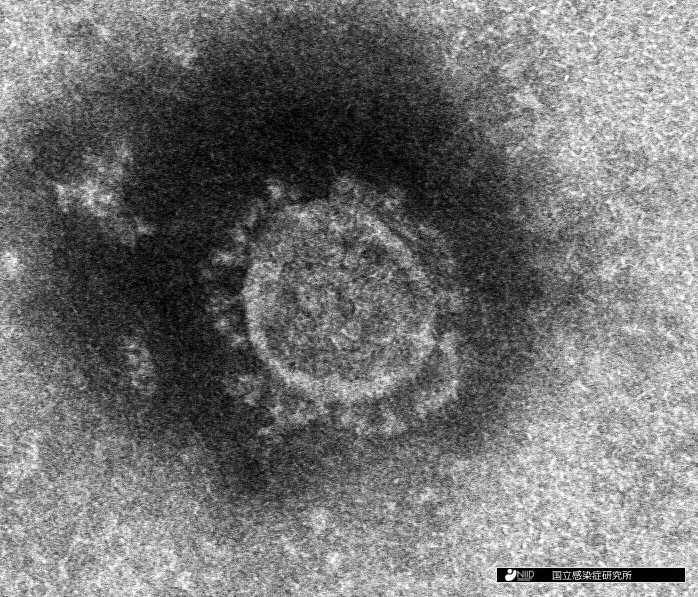Jpn. J. Infect. Dis., 65 (5), 439-441, 2012
To see a printable version of the article in the Adobe file format, click this [PDF] link.
Kazuki Horiuchi1, Takehisa Matsumoto1*, Eiko Hidaka1, Eriko Kasuga1, Mitsutoshi Sugano1, Kozue Oana2, Yoshiyuki Kawakami2, and Takayuki Honda1
1Department of Laboratory Medicine, Shinshu University Hospital, Matsumoto 390-8621; and 2Department of Biomedical Laboratory Sciences, School of Health Sciences, Shinshu University School of Medicine, Matsumoto 390-8621, Japan
(Received June 11, 2012. Accepted July 5, 2012)
*Corresponding author: Mailing address: Department of Laboratory Medicine, Shinshu University Hospital, 3-1-1 Asahi, Matsumoto 390-8621, Japan. Tel: +(81) 263 37 3493, Fax: +(81) 263 34 5316, E-mail: This email address is being protected from spambots. You need JavaScript enabled to view it.
SUMMARY: Staphylococcus aureus produces various virulence factors. The catalase enzyme, in particular, is considered to be involved in oxidative stress resistance, and catalase activity is an important criterion for differentiating staphylococci from streptococci. In this report, we describe the catalase-negative S. aureus strain SH3064, which was isolated from the sputum of a patient with aspiration pneumonia. To evaluate the causes of the lack of catalase activity in S. aureus SH3064, we analyzed the sequence of katA gene encoding the catalase enzyme in this strain. We amplified the complete sequence of katA gene of S. aureus SH3064 by polymerase chain reaction using 2 sets of primers. The katA sequence showed 99.6% sequence identity (1512/1518 bp) with that of S. aureus ATCC 12600. We detected 2 mutations in the katA gene from S. aureus SH3064, an A217T substitution leading to a threonine 73-to-serine substitution and a single-base pair deletion (c.637delG) resulting in a frameshift mutation. The lack of catalase activity in this strain was attributed to the shift of the nucleotide reading frame.
